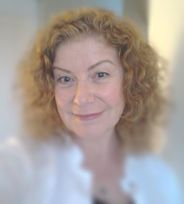|
In order to maintain British Acupuncture Council membership all professional Acupuncturists have to undertake CPD (continuing professional development). In my previous life as a lawyer these CPD days were often the bane of my life, often dry and dull and sometimes that even when I was the one providing the training!
Definitely not so as an Acupuncturist. For a start I arranged for it to take place in my home. I then invited Linda Winstaley to lead the day and friends to attend. We had a lovely day exploring Five Element diagnostic techniques, talking over treatments and finding out what we are all doing in our practices around the region. In our acupuncture circles you not only respect those with more experience but are generous with your own knowledge by sharing it with contemporaries and also mentoring those who follow on. It's a lovely way of working. It deepens our collective understanding of how acupuncture works and definitely improves our individual treatments and help our patients. Linda is an experienced acupuncturist and teacher and adopts wholeheartedly this centuries old tradition. During the day she generously passed on her knowledge to those of us with less experience. It was also fun. By then end of the day we'd had a few laughs and quite a few exasperated groans, some good food and lots of tea. We all felt enriched by the day..........and Linda was so engaging that, as you can see from the photos, even the cat couldn't stay away. If you are an Acupuncturist interested in knowing more about Five Element diagnosis please get in touch to join our CPD group for future training days.
1 Comment
A classical Five Element Acupuncturist doesn’t just look at your list of symptoms (tension headaches, fibromyalgia, pain, anxiety etc.) and pick your treatment from and a prescribed list of acupuncture points.
Your symptoms are seen as clues to your underlying dis-ease and the practitioner considers the overall picture of how your body is (or isn’t) working. The Acupuncturist uses all the information gathered to assess which of the Five Elements (and we all have all five) and which of the corresponding channels are the most in need of rebalancing. She then works out an individual treatment plan to alleviating your symptoms. As an acupuncturist it is a bit like being the Chinese Medicine version of Sherlock Holmes. You follow the clues to find the culprits and then neutralise the 'threat'. It’s a totally fascinating process. During your session there are many ‘clues’ that the Acupuncturist will be looking for in order to assess the root cause of your problem. Amongst these she will be assessing your colour, sound, odour and emotion. So don’t be surprised if she asks you to attend your appointments without wearing makeup or strong smelling products such as perfume, aftershave or body lotion. She will also be interested in aspects of your work and everyday life that don’t necessarily centre just on how you came by your symptom. As strange as it seems this idea of using all the senses to diagnose isn't a totally alien concept to Western Medicine. As just two examples, a yellow skin colour (jaundice) is recognised as an indication of possible liver problems and a sweet odour is seen as a possible indication of uncontrolled diabetes. A GP would never ignore these obvious symptoms and your Acupuncturist is just using a more practiced and sensitive sense diagnosis system to help her work out the best treatment for you. In actual fact diagnosing the root cause of your problem can be a lovely rewarding process for the patient and the Acupuncturist especially when it’s in a calm and relaxing treatment space, with the time you need to explore all the issues together. So there are no set in stone acupuncture point prescriptions for certain symptoms. Each person is treated as an individual with a unique diagnosis and treatment plan. That doesn’t mean that there are no general rules and order to treatment. As sure as night follows day and Spring follows Winter our bodies change, grow and decline according to patterns set by nature. A Five Element Acupuncturist will just be detecting and rebalancing (via acupuncture points and channels) how you respond to these inevitable changes. And don't worry, during diagnosis and treatment you are free to talk as much or as little as you want and everything you do say is totally confidential. Making sure your Acupuncturist is a member of The British Acupuncture Council will ensure she is bound by and follows the Code of Professional Conduct and Code of Safe Practice. Further details can be found here at www.acupuncture.org.uk Lots of patients are suprised by how often their treatments include techniques other than needling. After all a needle is just a tool in the hands of the acupuncturist, a tool to help the patient's body balance it's own energy by redistribute qi and blood in the organs, channels, muscles, tendons and skin.
So what else might your acupuncturist do during treatment? They might use: Gua Sha. This is a technique where oil is spread on the skin and a gua sha tool (like a small spatula or spoon) is used to stroke and scrap the skin. Not much pressure is used but the stroking brings 'sha' (blood or light petechiae) to the surface. This is a great treatment for muscle tension particularly on the back and shoulders and migraines and tension headaches. It's a gentle technique and doesn't damage the underying tissue but in some people it can produce quite alarmingly red marks. These always fade over a couple of days. Many patients experience almost instant relief from tense muscles. Cupping (moving and static) Oil is spread over the skin and a glass cup with a suction device on the top is used to create a vacuuum on the patient's skin. This helps to dispell stagnant blood and lymph and improve the movement of blood and fluids in the body. I generally use this technique on the back and shoulders and it's great for nipping colds in the bud before they really get going, improving lung function and gently relieving aches and pains from tension and overwork. Again the treatment is entirely painless and most people find it very relaxing. Tui Na Skin and muscles are massaged, pushed, lifted, rolled, pressed, brushed. shaken or rubbed. This can be a gentle technique or can be more vigorous depending on the needs of the patient. It can be used for chronic and acute musculoarskeletal problems and is a great treatment for older people and children. Tui na performed on a child's back can help relive asthma and cold symptoms and on an older person it can relieve chronic headaches and neck pain. Animals always generally respond calmly to tui na and my poor cat who had a narrow escape with a car couldn't get enough of it to relieve her sore muscles and straighten her skeleton. Press Tacks and Ear Seeds These are very small plasters that have a seed from the vaccaria plant or small metal ball or micro needle in the middle. They are placed on the skin over an area of tenderness or an acupuncture point to improve circulation of qi and blood. They are often used in the ear but can be used on any part of the body. They have a huge amount of uses including helping with pain, anxiety, hot flushes, nausea....the list goes on. All of these techniques when performed properly by a professional trained practitioner are safe and virtually risk free. So don't be suprised if your acupuncturist doesn't just insert a needle into your skin. She has many more tools at her disposal to make your body relax, release tension and disipate dis-ease |
About
Gaynor Hollis is a Classical Five Element Acupuncturist with a thriving practice in Birmingham. She is interested in all things healthy and life style related not just Chinese and Japanese acupuncture. Archives
February 2020
Categories |
Photos from wuestenigel (CC BY 2.0), wuestenigel
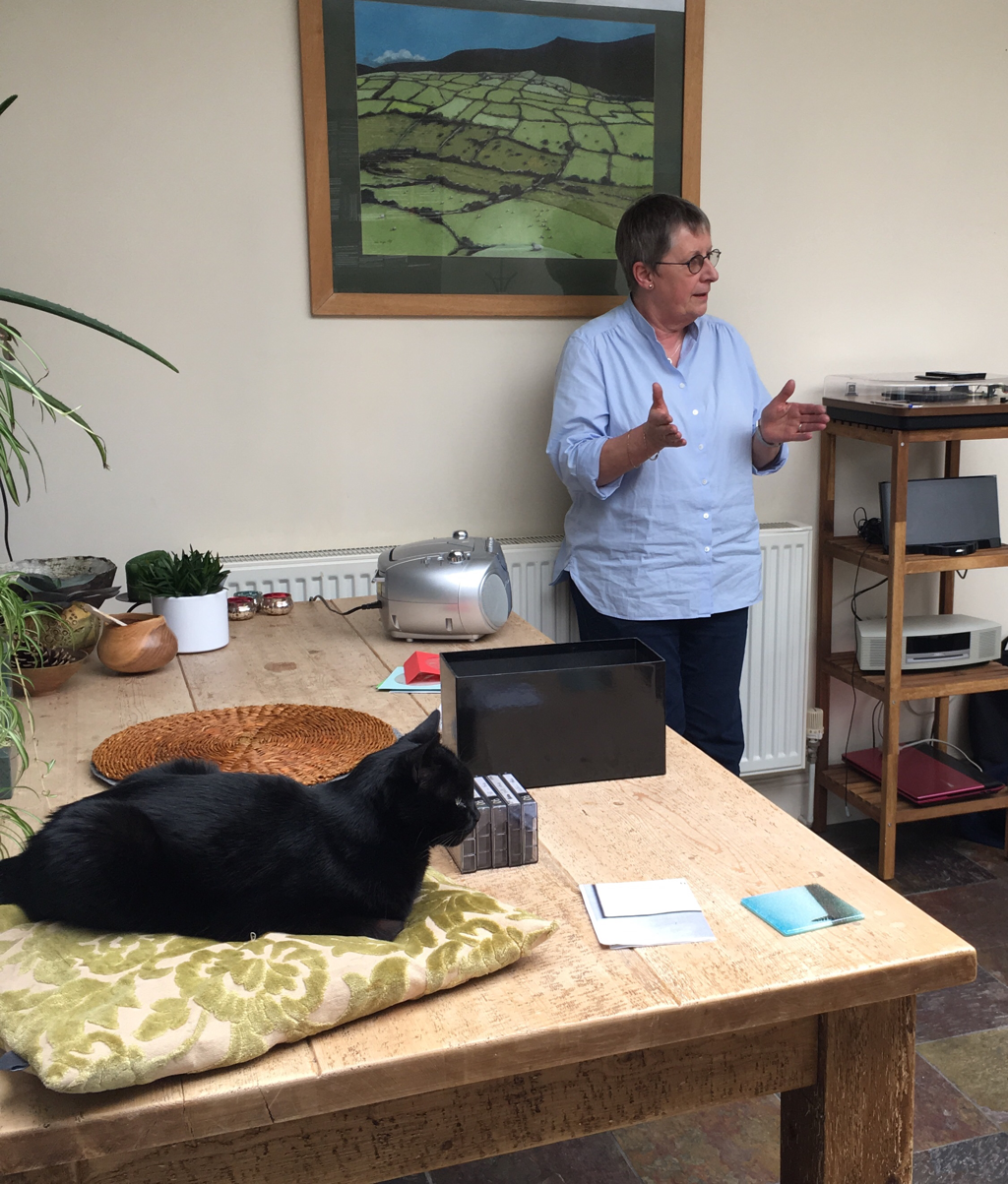
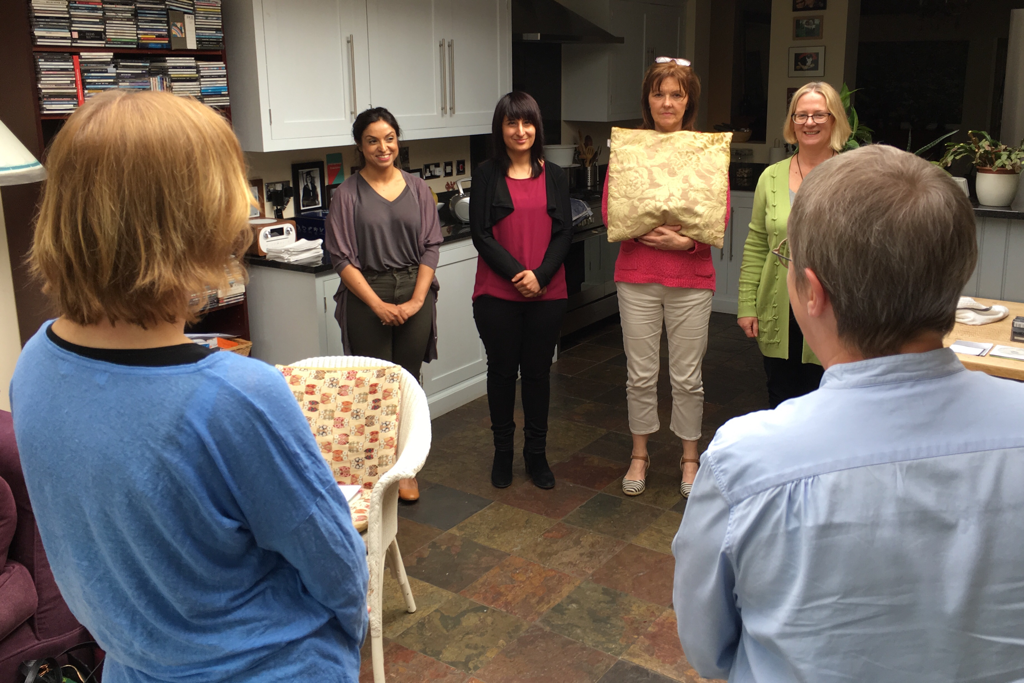
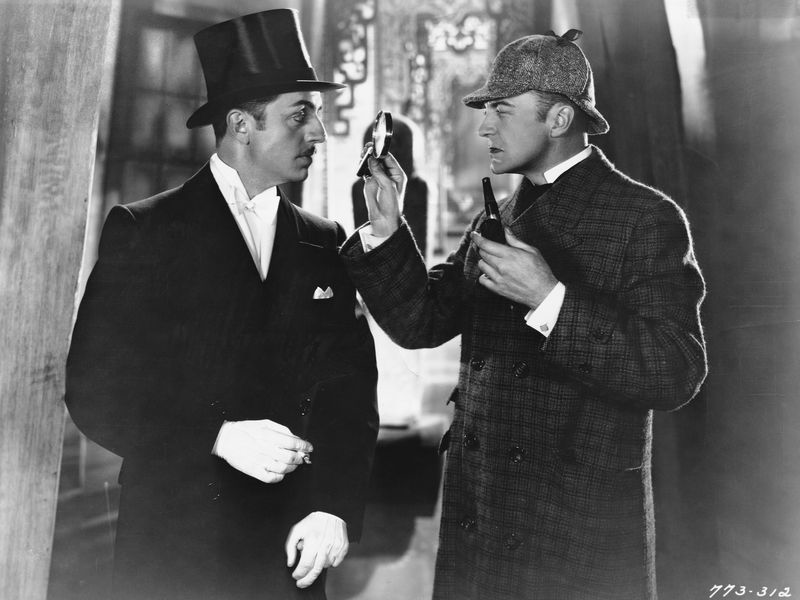
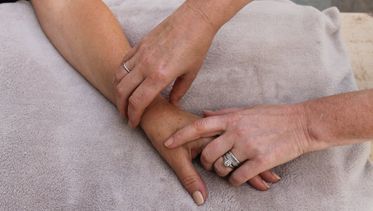
 RSS Feed
RSS Feed
